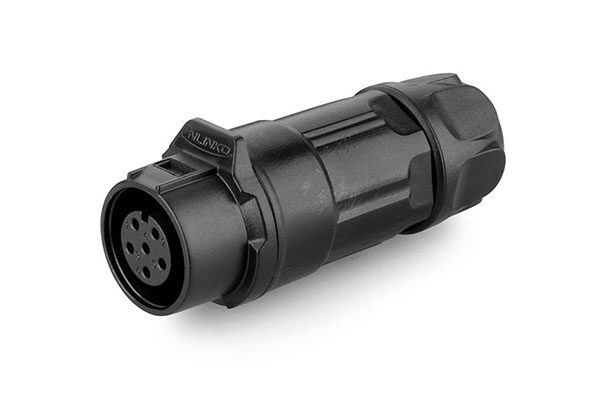If you’re working with electrical cables, it’s important to know the voltage capacity of each cable to ensure safety and avoid potential damage to your equipment. In this post, we’ll focus specifically on the voltage capacity of 2.5 mm cables.
Understanding Cable Sizing
Before we dive into the voltage capacity of 2.5 mm cables, let’s first discuss cable sizing in general. Electrical cables are typically sized based on the amount of current they can carry, which is measured in amperes (amps). The size of a cable is also determined by its conductor material, insulation material, and other factors.
The most common cable sizes used in residential and commercial settings are 14, 12, and 10 gauge. A 14-gauge cable can carry up to 15 amps, while a 12-gauge cable can handle up to 20 amps, and a 10-gauge cable can carry up to 30 amps.
Cables with smaller diameters have a higher resistance to electrical current flow, which means they are not able to carry as much current without overheating. As the diameter of the cable increases, its ability to handle higher currents also increases.
Voltage Ratings of Cables
Another important factor to consider when working with electrical cables is the voltage rating. The voltage rating of a cable refers to the maximum amount of voltage that can be safely carried by the cable without risking damage to the insulation or causing a safety hazard.
Cables are typically rated for either low voltage (LV) or high voltage (HV) applications. LV cables are generally used for residential and light commercial applications, while HV cables are used for heavy-duty commercial and industrial applications.
The voltage rating of a cable is determined by its insulation material, conductor size, and the distance between the conductors. The insulation material used in the cable must be able to withstand the voltage being carried without breaking down or deteriorating over time.
Voltage Capacity of 2.5 mm Cable
Now let’s turn our attention specifically to 2.5 mm cables. 2.5 mm cables are commonly used for lighting circuits and other low-power applications. So, how many volts can a 2.5 mm cable safely handle?
The voltage capacity of a 2.5 mm cable depends on several factors, including its insulation material, the distance between the conductors, and the type of application it is being used for. Generally speaking, a 2.5 mm cable can safely handle voltages up to 300 volts.
However, it’s important to note that exceeding the voltage rating of a cable can be dangerous and can cause damage to equipment or result in electrical fires. It’s always best to consult the manufacturer’s specifications for the cable and follow safety guidelines when working with electrical equipment.
Safety Considerations
When working with electrical cables, safety should always be your top priority. Here are some important safety considerations to keep in mind:
- Always use the right cable for the job. Make sure the cable is the right size and has the appropriate voltage rating for your specific application.
- Follow the manufacturer’s specifications for the cable. Make sure you are using the cable in the way it was intended to be used.
- Never exceed the voltage rating of a cable. Exceeding the voltage rating can result in damage to the cable or equipment, or even cause electrical fires or other safety hazards.
- Always wear appropriate safety gear, such as gloves and safety glasses, when working with electrical equipment.
- Related:
- How Do I Know If My Cable Is Waterproof?
Conclusion
Knowing the voltage capacity of a cable is crucial for ensuring safety and avoiding damage to your equipment. For 2.5 mm cables commonly used for lighting circuits and other low-power applications, a voltage capacity of up to 300 volts is typical. However, it’s important to always follow manufacturer specifications and safety guidelines to prevent accidents and ensure proper equipment function.
Remember, if you’re ever unsure about the voltage capacity of a cable, it’s always best to err on the side of caution and seek the advice of a licensed electrician or professional.
By understanding cable sizing, voltage ratings, and the voltage capacity of 2.5 mm cables, you can ensure safe and effective use of electrical equipment in your home or workplace. By following proper safety guidelines and using the right cable for the job, you can help prevent accidents and damage to your equipment, while ensuring the smooth operation of your electrical systems.
A 2.5 mm cable can typically handle voltages up to 300 volts. It’s important to always follow manufacturer specifications and safety guidelines to prevent accidents and ensure proper equipment function. Stay safe and enjoy working with electrical equipment with confidence!






